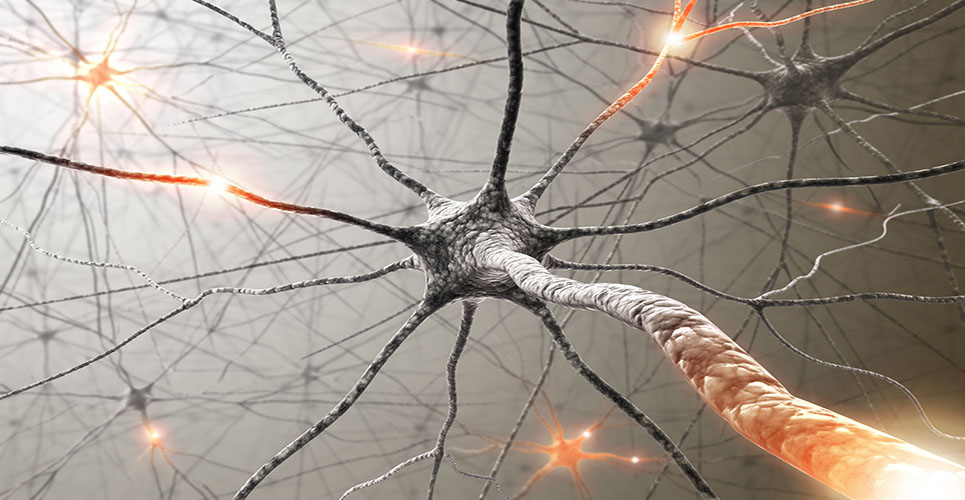teaser
Many patients receive an incorrect dementia diagnosis. This is shown by a study carried out by neuropathology researchers in Lund, Sweden.
“It is true that we know of around 70 different types of dementia, but these findings are shocking. We believed more patients were diagnosed correctly when we began the study”, say researchers Elisabet Englund and Hans Brunnström at Lund University.
The study included 176 patients, the vast majority from the cities of Lund and Malmö. All of them have been examined at specialist geriatric psychiatry clinics during the period 1996–2006 and been diagnosed with some form of dementia. After the death of the patients, the researchers have studied their brains under a microscope and been able to establish precisely which type or types of dementia the patients suffered from.
In 49% of cases, the clinical diagnosis agreed with the neuropathological. In 14% of cases the diagnosis was partly in agreement, which to some extent could be explained by additional neurological damage following the clinical diagnosis. In 37% of cases, an entirely different diagnosis was made after the patient’s death. The highest level of correct diagnoses was in patients with frontotemporal dementia, while the accuracy of the diagnoses was somewhat lower for patients with Alzheimer’s disease, vascular dementia or dementia with Lewy bodies.
“These are unexpected figures, particularly considering that these patients have been examined and diagnosed by specialists. There is currently no cure for these diseases, but we must be sure that the patient has received the correct diagnosis in order to able to prescribe the correct treatment, such as medication to slow the progression of the disease and/or treat symptoms”, says Dr Hans Brunnström, whose doctoral thesis includes the study.
“In addition, there is a hereditary factor in these diseases and so those with a family history of dementia should be able to find out which type of dementia their relatives have. It is therefore important that the diagnosis is correct”, says Associate Professor Elisabet Englund, highlighting aspects of patient examinations which need to be improved.
“We have a strong belief in having a team of specialists who make the diagnosis together. We strive to work in this way today, but there is still room for improvement.”
Elisabet Englund and Hans Brunnström also say that the neuropathology unit, which they represent, must provide better feedback to the clinic, while knowledge about these diseases must improve within primary care and the national guidelines that exist must be known to and followed by the broad medical community.
“Many of these types of dementia are difficult to assess, but it is important that a patient who has been diagnosed with dementia and has to live with the disease for six–eight years, and in some cases up to 20 years, is carefully assessed and receives the correct diagnosis.”

